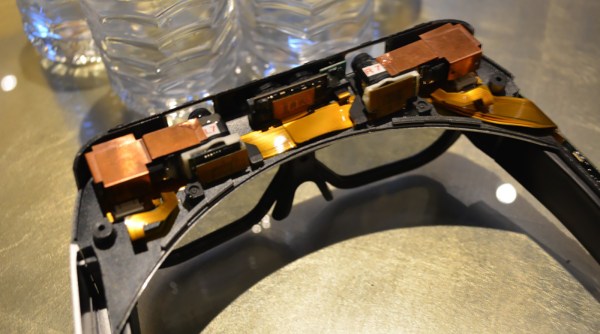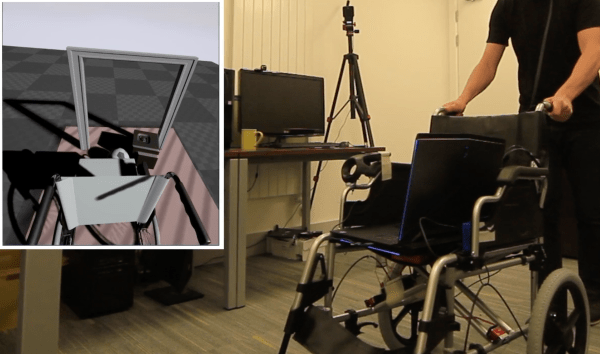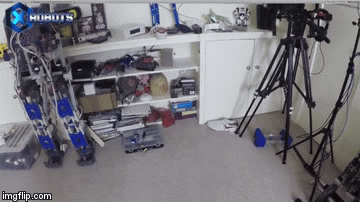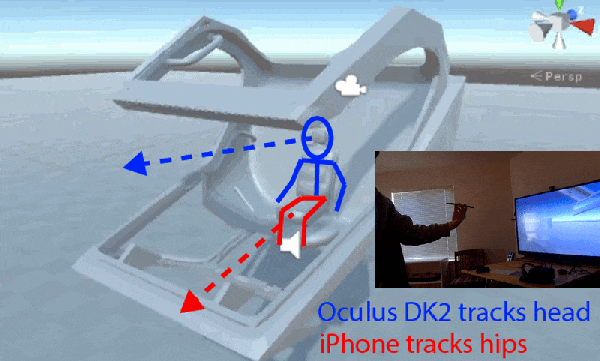[Koppany Horvarth] set out to create a dirt-cheap optical tracking rig for VR that uses only two cameras and a certain amount of math to do its thing. He knew he could do theoretically, and wouldn’t cost a lot of money, but still required a lot of work and slightly absurd amount of math.
While playing around with a webcam that he’d set up to run an object-tracking Python script and discovered that his setup tended to display a translucent object with a LED inside of it as pure, washed-out white. This gave [Koppany] the idea that he could use such a light as part of his object tracking project. He 3D-printed 50mm hollow spheres out of transparent PLA, illuminated via a LED and powered by a 5V power supply hacked from an old USB cable. After dealing with some lens flares, he sanded down the PLA a little to diffuse the light and it worked like a charm.
To learn more check out his GitHub code repository. You can also take inspiration in some of the other motion tracking posts we’ve published in the past, like motion tracking on the cheap with a PIC and this OpenCV Airsoft turret.

















